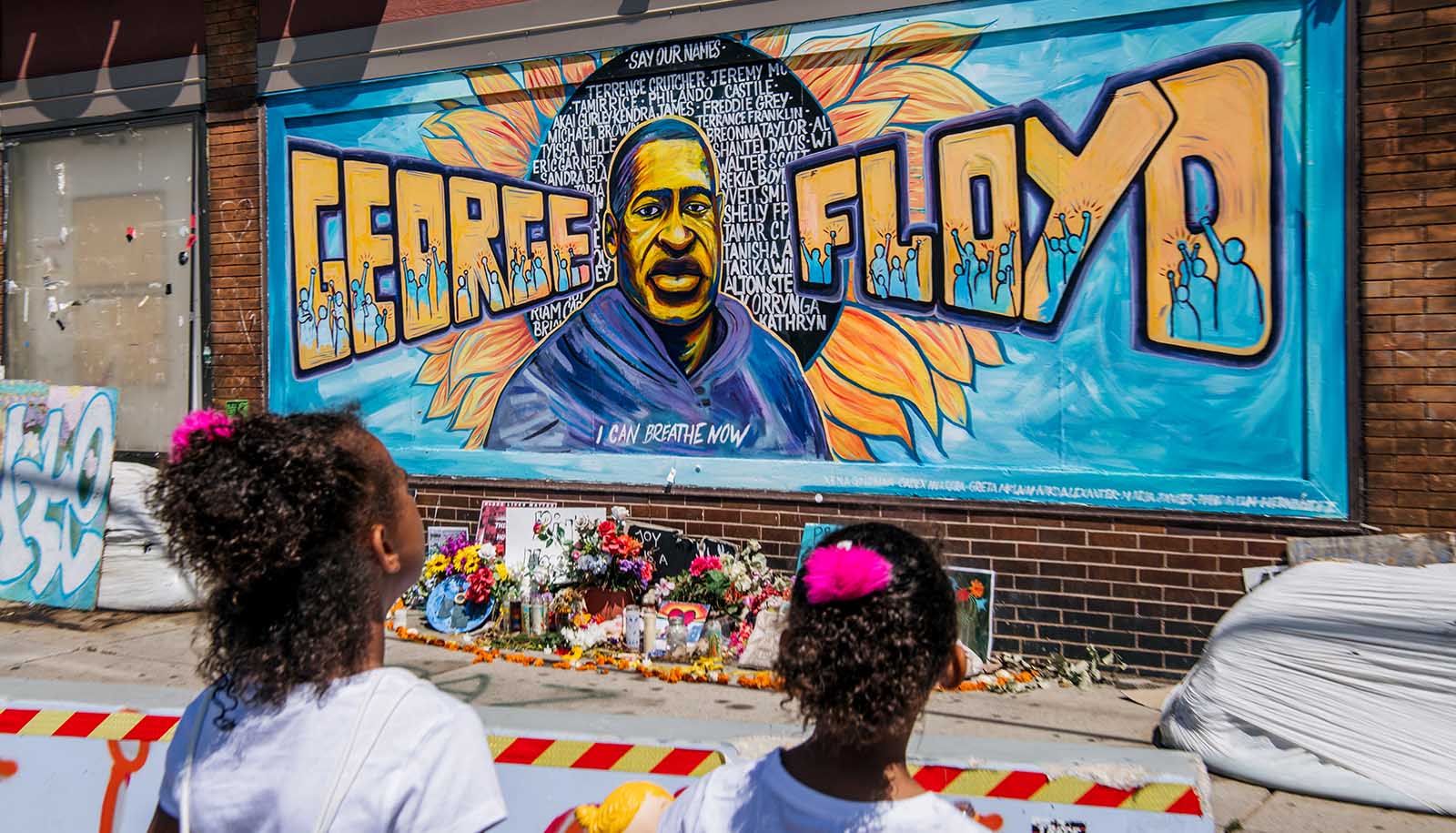Police officers in the United States receive less training—an average of five months in the classroom—than those in 18 countries, research finds.
According to the data, the United States’ fatal police shootings rate in 2019 (3.1 per million) was 5 and 22 times higher than Australia’s (0.64) and France’s (0.14), respectively.
Published in the Annual Review of Criminology, the study examines the rates of fatal police violence, including shootings and other violence, in 18 countries while looking at factors like the treatment of minorities, gun homicides, and police training duration. Rates of gun homicides and fatal police violence were extremely closely related (.97 correlation).
That said, gun homicides may be a proxy for another explanation like armed and hostile suspects. For example, the study found the US had a high fatal police violence rate (3.4 per million) and a high rate of gun homicide (3.7 per 100,000), while Australia had a relatively high fatal police violence rate in 2019 (.7 per million) despite low rates of gun homicide (.14 per 100,000).
Countries that exhibit high fatal police violence rates—the US, Venezuela, Canada, Australia, Brazil, France, and Belgium—are distinguished by their mistreatment of minorities or long-standing grievances and turmoil, says Paul Hirschfield, lead author of the study and an associate professor of sociology and director of the Criminal Justice Program at Rutgers University.
“The institution of slavery was so massive in Brazil and the United States that the wounds that it inflicted, the benefits it conferred, and the racial hierarchy and ideology that sustained it remained long after abolition and have indelibly shaped the contemporary social and institutional order,” says Hirschfield.
According to the study, the seven highest countries with fatal police violence—Venezuela, Brazil, the US, Argentina, Chile, Canada, and Australia (four of which, Venezuela, Brazil, Chile, and Argentina, have recent histories of authoritarian rule)—have roots in recent colonial domination that produced some form of ethnic cleansing. The top four fatal police violence countries practiced slavery until the second half of the 19th century.
The study suggests that the amount of time police receive training and fatal police violence outcomes are closely related.
Belgian police, with a fatal police violence rate of .35 per million, receive eight months of training, while the National Police in France, with a lower .29 per million rate of fatal police violence attend school for ten months.
Canada, meanwhile, with a fatal police violence rate of .9 per million, provides 26 weeks of training for its national police force, the Royal Canadian Mounted Police, and 24 weeks for Toronto police, its largest municipal force.
What police learn during the training, not just the duration of the training, makes a difference. In Brazil and Venezuela, militarized police forces receive extended training, but fatal police violence rates are extraordinarily high, in part, because training models brutal methods and generally fails to teach restraint.
Hirschfield says countries that have low fatal police violence rates despite ethnic tensions and relatively short classroom training duration (the UK’s England and Wales as well as Spain), high rates of distrust in the police (Spain), secretive national police organizations with roots in dictatorships (Spain and Chile), relatively decentralized policing system with strong local policing (Spain and Switzerland), do exist.
The study suggests that researchers delve into these deviant cases to examine how countries such as Chile and Spain—which are beset with rising crime or insecurity, inadequate public resources, and secretive national police forces with roots in dictatorships—still manage to avoid high fatal police violence rates.
Hirschfield says these are “rather fertile grounds for refining both explanations of exceptionally lethal policing in the US and theories of international variation in lethal policing more broadly.”
Source: Rutgers University



